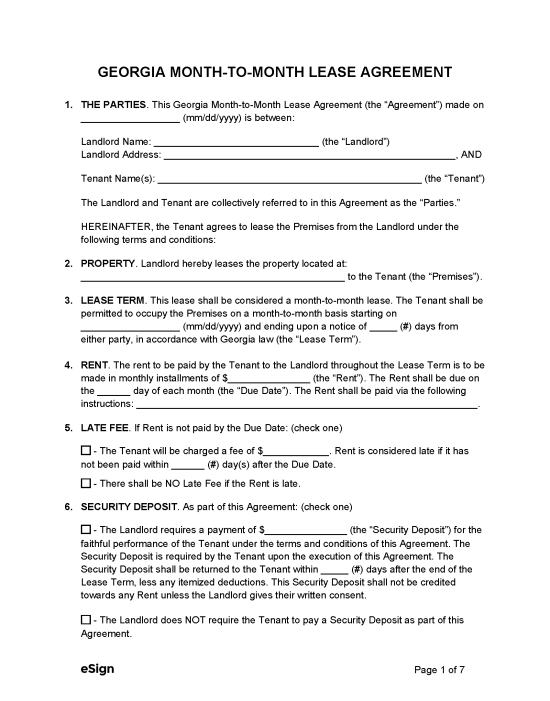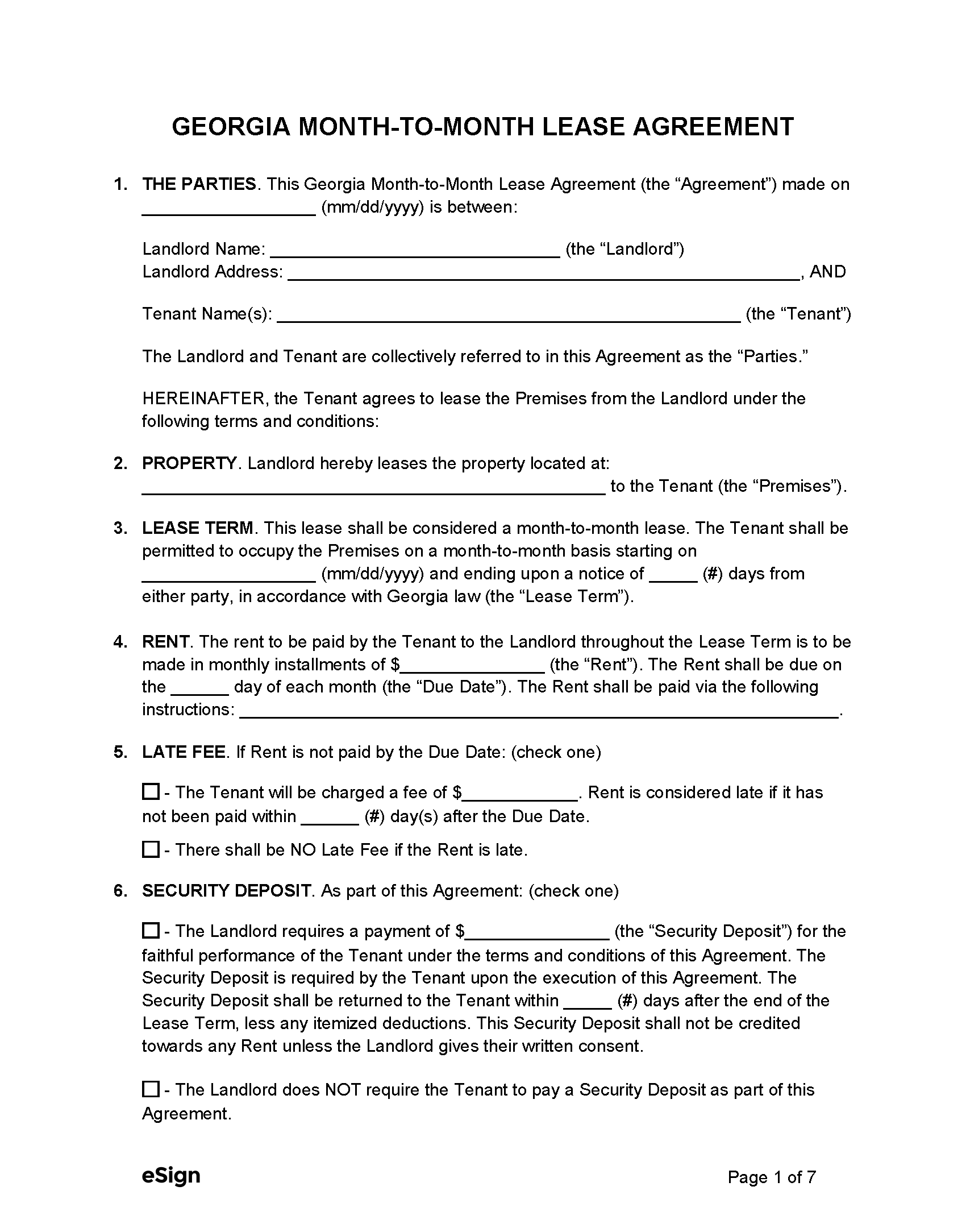Month-to-Month Laws
- Termination Notice – A 60-day notice must be given to tenants to end their monthly rental agreement. Tenants must provide a 30-day notice if they wish to move out.[1]
- Rent Increase Notice – Landlords must give a 60-day notice before altering the rental agreement, including raising the rent.[2]
Required Disclosures (5)
- Flood Disclosure (PDF) – Before signing the rental agreement, new tenants must be informed if the rental unit has flooded three times or more in the previous five years.[3]
- Identification – New tenants must be given the names and addresses of the owner of the property or the individual who receives demands and notices on their behalf, as well as the name and address of the manager.[4]
- Lead-Based Paint Disclosure Form (PDF) – New tenants must be given this form warning of the dangers of toxic paint if the rental unit was constructed before 1978.[5]
- Move-in/Move-out Condition Checklist (PDF) – Before the tenant pays a security deposit, the landlord must fill out this form to report any pre-existing property damage.[6]
- Security Deposit Bank Account – Any security deposits collected by the landlord must be placed in an escrow account in a location that is disclosed to the tenant.[7]

